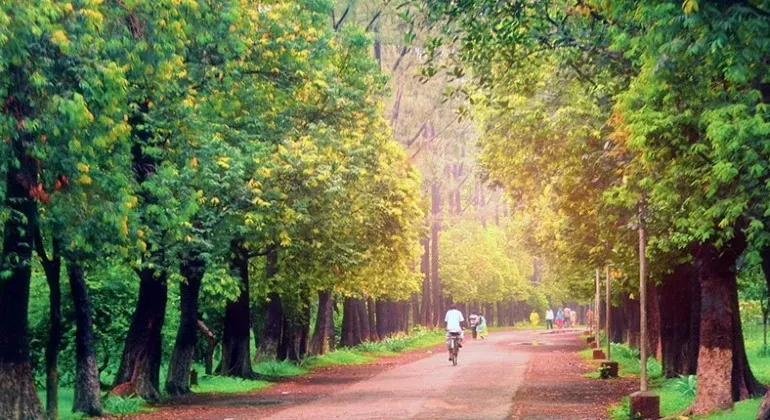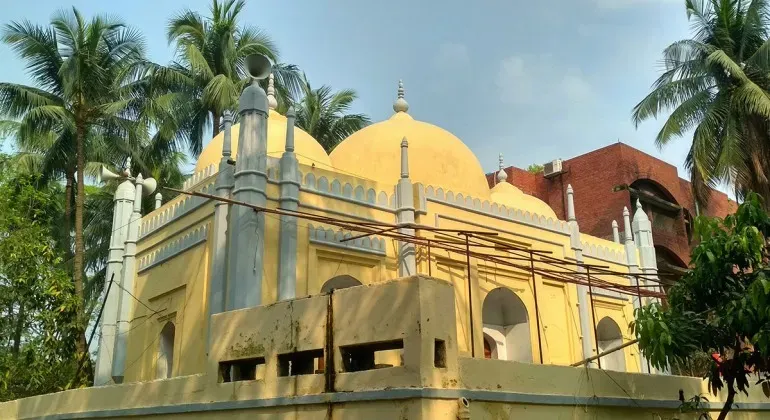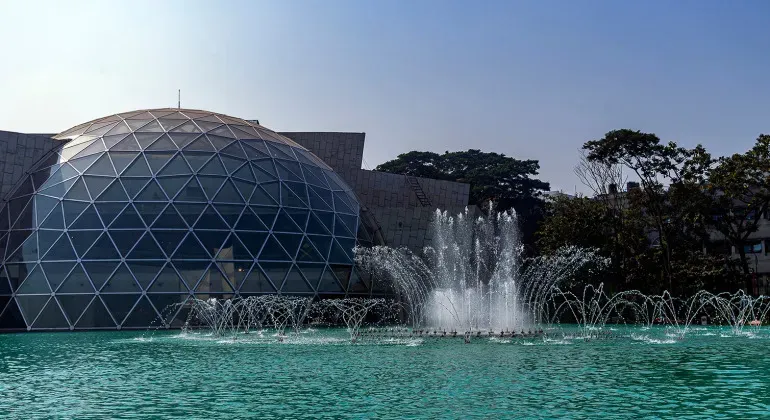Shahid Intellectual Memorial which is also known as Ray's Bazaar Massacre Memorial and Shahid Massacre Memorial. The memorial is located in Rayerbazar area of Mohammadpur police station in Dhaka. It was built in 1971 at the end of Bangladesh's liberation war as a mark of respect to the Pakistan army with the help of its collaborators who killed all the country's best intellectuals and others.
Rai's bazaar on the banks of Turag River was famous for its pottery during the Mughal period. The settlement started from the colonial period. Most of the potters of this region lived in Rayerbazar due to the easy availability of red clay and the low cost of transport by river. According to many historians, Ray's Bazaar was called 'Kumartali' during the Mughal period.
The terrible memory of the liberation war is connected with the bazaar of this verdict. Realizing the sure defeat in the war of liberation, the Pakistani invading forces took the intellectuals of various professions of Bangladesh including journalists, teachers, artists, doctors, writers, engineers from their homes on the night of 14th December 1971 to demoralize Bangladesh. Dr. was among them. Govind Chandra Dev, Munir Chowdhury, Mofazzal Haider Chowdhury, Shahidullah Kaiser, Dr. Fazle Rabbi and many others. After that, Surya of Bengal brutally killed the children and left their bodies in the brick pit of Ray's market. After the independence of Bangladesh, the rotting corpses of the martyred intellectuals were seen in the brickyard of Rayerbazar.
In 1993, the Bangladesh government decided to build a memorial at the slaughterhouse of Rayerbazar to commemorate the martyred intellectuals. Later, the construction of the memorial started in 1996 and was completed in 1999 under the design of architect Fariduddin Ahmed and architect Jami-al-Shafi.
Rayer Bazar Bodhyo Bhumi area is 3.51 acres. The main part of the memorial consists of a broken and curved brick wall 17.68 m high, 0.91 m wide and 115.82 m long. Which refers to the brickyard where the dead bodies of the intellectuals were received on 14 December. And the two ends of the broken wall indicate the depth of sorrow and grief of killing intellectuals. There is a square window in the south-west wall. The sky behind can be seen through the window. And this window brings a message of hope, reducing the depth of mourning on the wall.
In front of the curved wall is a stagnant reservoir, with a column of black granite rising from the water. Which is a symbol of significant grief. There are also future plans to build a small museum, a library with office space and a graveyard at Roy's Bazar massacre memorial site.

 CholoZai
CholoZai



